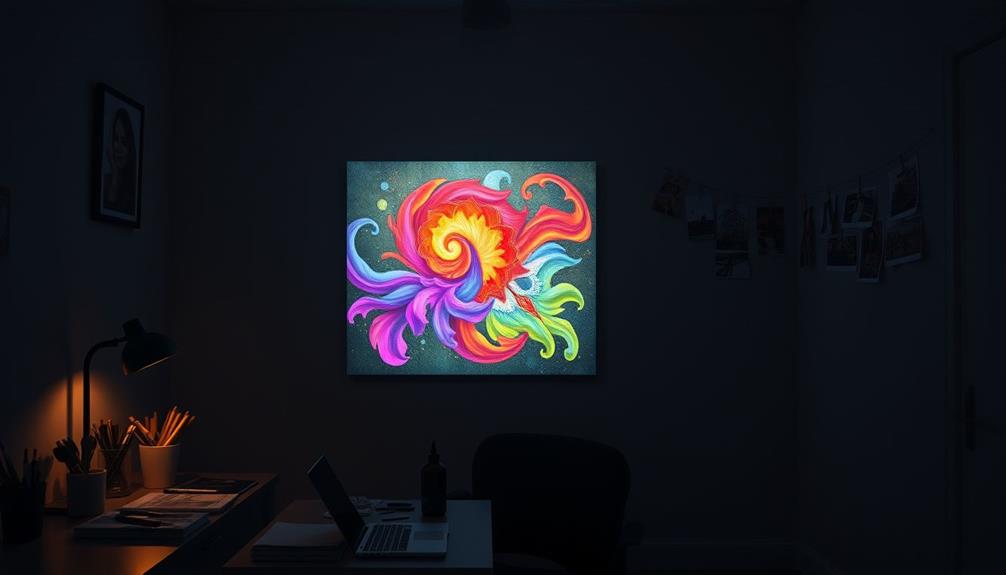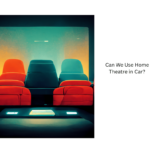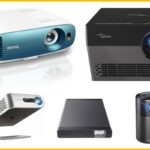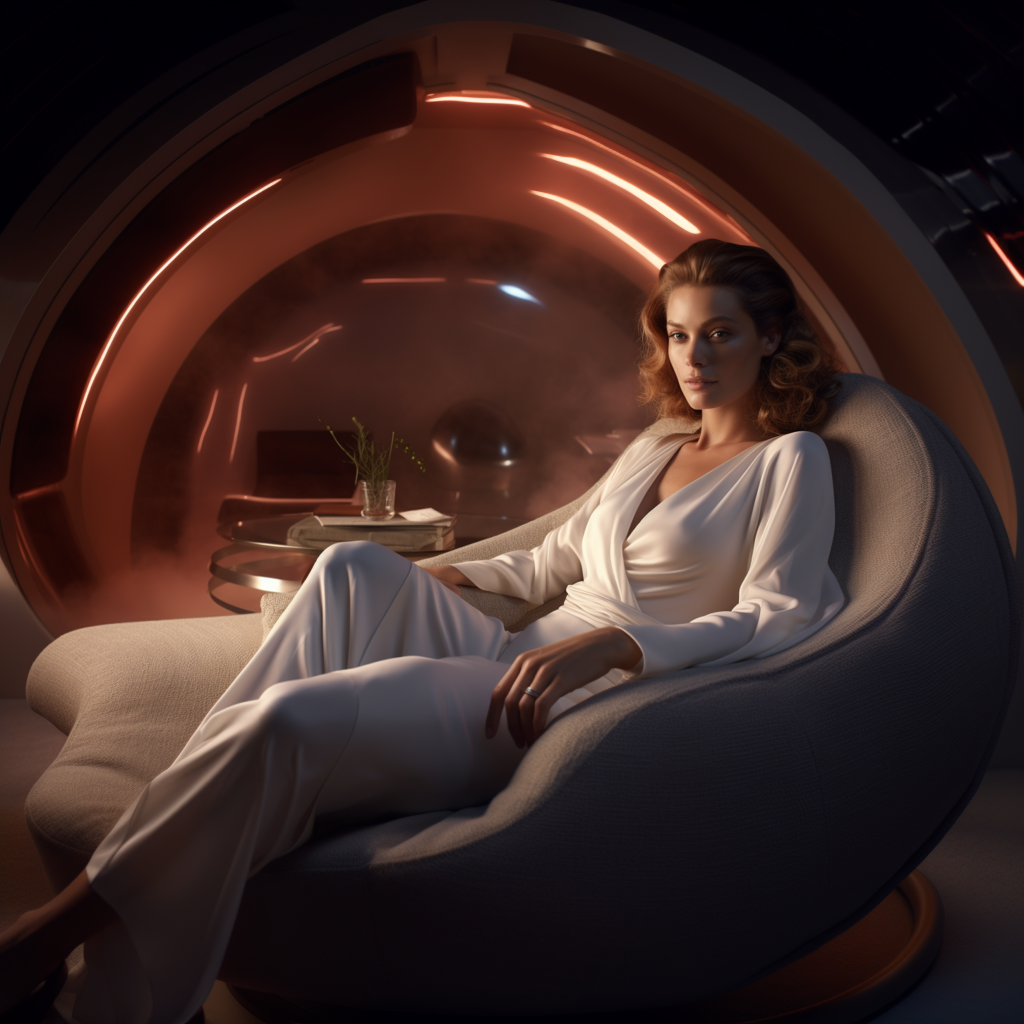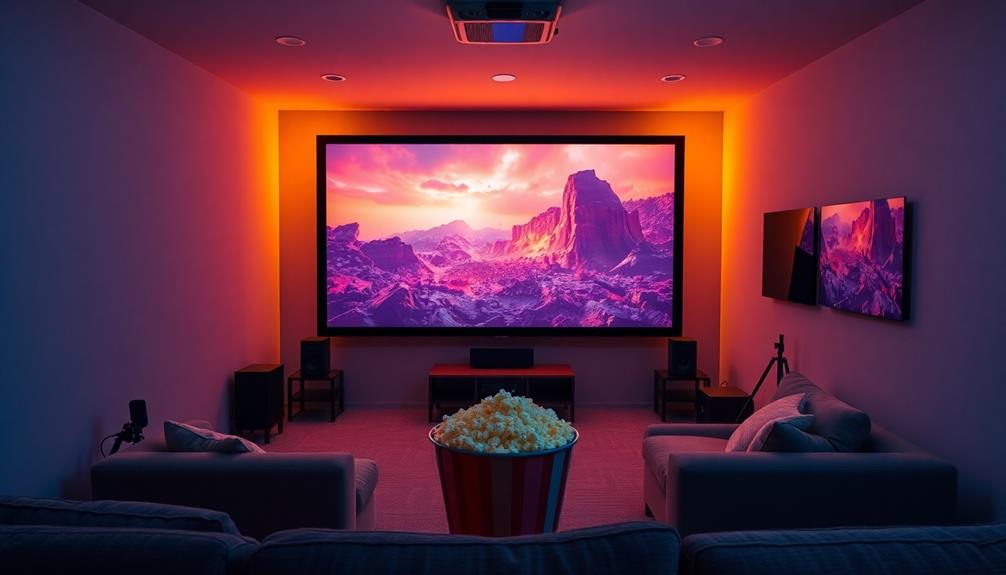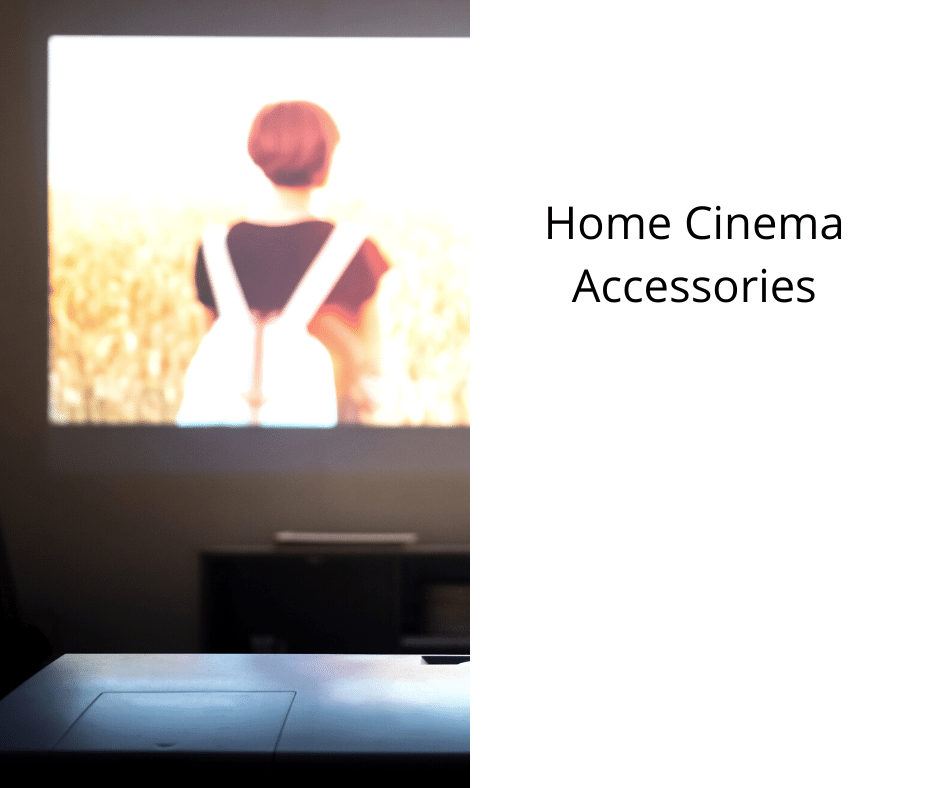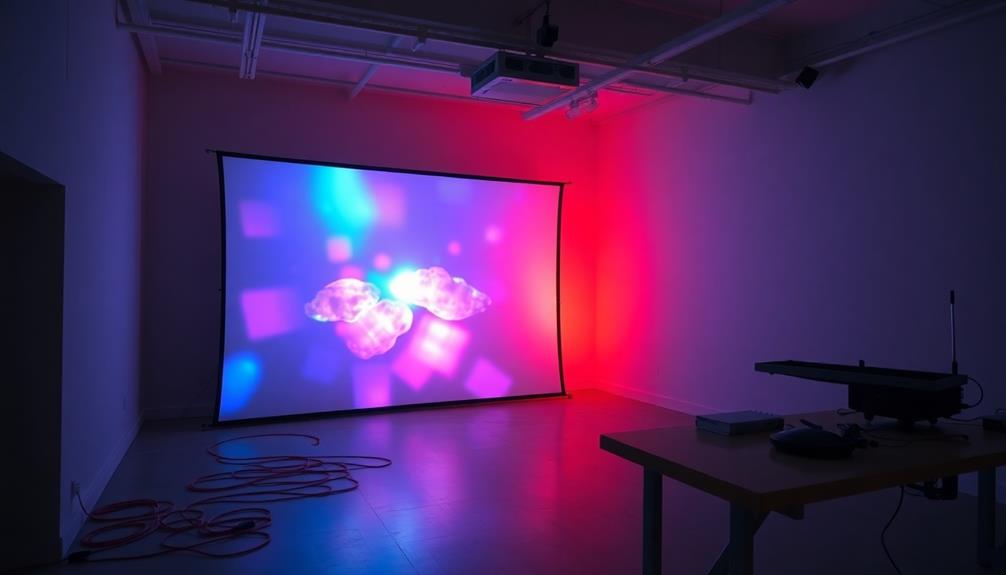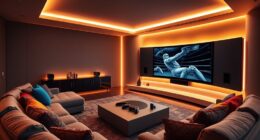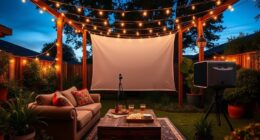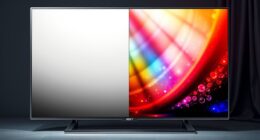Setting up a movie theater anywhere with a portable projector is easier than you think! Start by choosing a bright projector with at least 3,000 lumens and connect it to your favorite device via HDMI. Find a location with minimal light and clear viewing angles. Position the projector per the manufacturer's guidelines and guarantee the screen is reflective and stable. For great sound, pair external speakers with the projector. Keep an eye on the weather, and have a backup plan ready. If you want tips for memorable movie nights, you'll find plenty more helpful ideas ahead.
Key Takeaways
- Choose a portable projector with at least 3,000 lumens for optimal brightness, ensuring clear images in various lighting conditions.
- Select a suitable location with minimal ambient light and enough space for seating to enhance the viewing experience.
- Position the projector at the recommended throw distance and ensure it is centered and leveled for a distortion-free image.
- Use high-quality HDMI cables for connecting devices, and consider wireless options for convenience and ease of setup.
- Test audio and video connections beforehand to troubleshoot any sync issues, ensuring a seamless movie experience.
Essential Equipment for Projector Setup
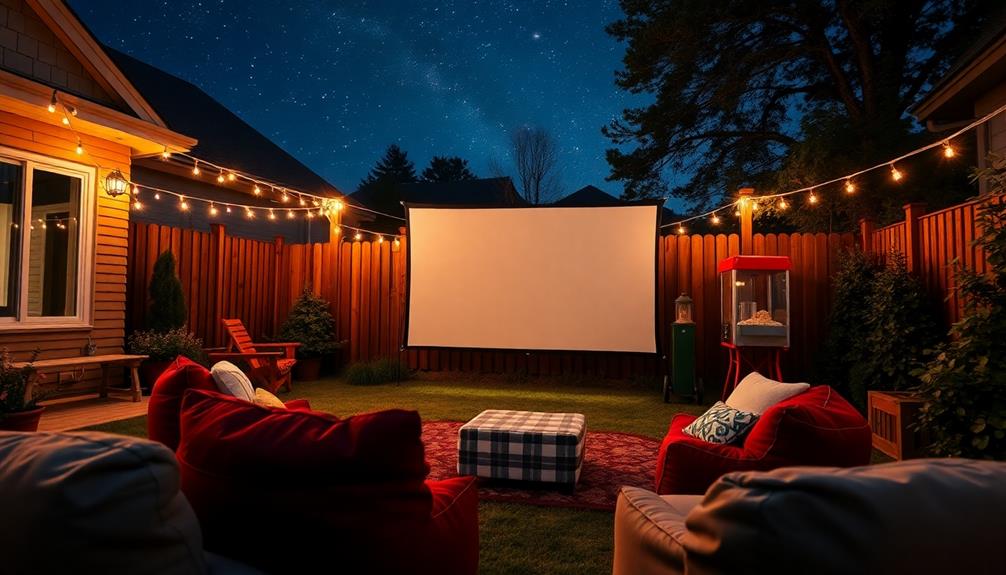
When setting up a portable projector, you'll often find that having the right equipment is vital for an enjoyable viewing experience.
First, consider the brightness of the projector. For ideal outdoor viewing, select a model with at least 3,000 lumens, and aim for 5,000 lumens or more if you're in bright ambient light conditions.
Next, focus on image quality; Full HD (1080p) is standard, but a 4K projector can elevate your cinematic experience considerably.
Screen size and type also play an important role in your projector setup. A high-quality reflective screen improves image quality, especially in bright environments, guaranteeing clear visibility. Confirm your screen is compatible with your projector for the best results.
Don't forget about connectivity; having HDMI ports is vital for connecting various devices, so check the projectors available to make sure you have what you need.
Finally, if portability is a priority, lightweight models like the Capsule Air or Cosmos 4K SE offer extended battery life, making them convenient for movie nights anywhere.
This combination of equipment will set you up for an incredible viewing experience!
Choosing the Perfect Location

Finding the right location for your portable projector setup can make all the difference in your viewing experience. Start by choosing a spot with ample space for seating arrangements, guaranteeing a clear viewing angle. Stay away from trees or tall structures that might obstruct the screen. To enhance your viewing experience, consider selecting a location that allows for ideal high refresh rates and minimal distractions.
Next, consider ambient light. Select a site with minimal illumination, positioning your setup far from street lamps or house lights. This will greatly enhance picture quality. If you can, avoid direct light exposure, especially from the setting sun, to improve visibility during your screening.
It's also essential to verify you have stable ground. A level surface prevents your equipment from shifting, which can disrupt your movie. Using portable projector stands can provide extra stability.
Installing Your Projector

Installing your projector correctly is critical for achieving the best viewing experience. Start by positioning your projector at the ideal throw distance as specified by the manufacturer. This guarantees you get the desired image size and clarity.
Center and level the projector with your screen to prevent any image distortion from misalignment. Additionally, consider the environment in which you're setting up the projector, as factors like air quality can affect the overall experience; using an air purifier can help maintain a comfortable atmosphere by reducing allergens and pollutants effective air quality.
Next, choose a stable and secure surface for your projector installation. This could be a sturdy table or a dedicated mount that can handle the projector's weight. A secure surface helps prevent accidental movement or tipping during operation, which is essential for maintaining image quality.
Once you've positioned your projector, connect it to your media source using high-quality HDMI cables. This step is crucial for optimal video and audio output without any signal loss, guaranteeing a seamless viewing experience.
If you're setting up outdoors, consider using weather-resistant equipment and make sure that all components are secured to withstand wind or adverse conditions.
Proper projector setup will make all the difference in enjoying a cinematic experience wherever you are!
Setting Up the Screen

Setting up the screen is just as important as positioning your projector, as it directly impacts your viewing experience. Choose a screen that's properly reflective; high-quality screens greatly enhance image visibility, especially in bright conditions.
Position the screen at an ideal height, making sure it's visible to all viewers and away from light sources to minimize glare.
If you're using a portable screen, follow the manufacturer's setup instructions for easy assembly and stability. Make sure the screen is anchored securely to prevent movement in windy conditions, which can disrupt the viewing experience.
Consider the size of the screen in relation to your projector's throw distance. This helps you achieve the desired image size without distortion, allowing for a more immersive viewing experience.
Connecting Audio and Video Sources
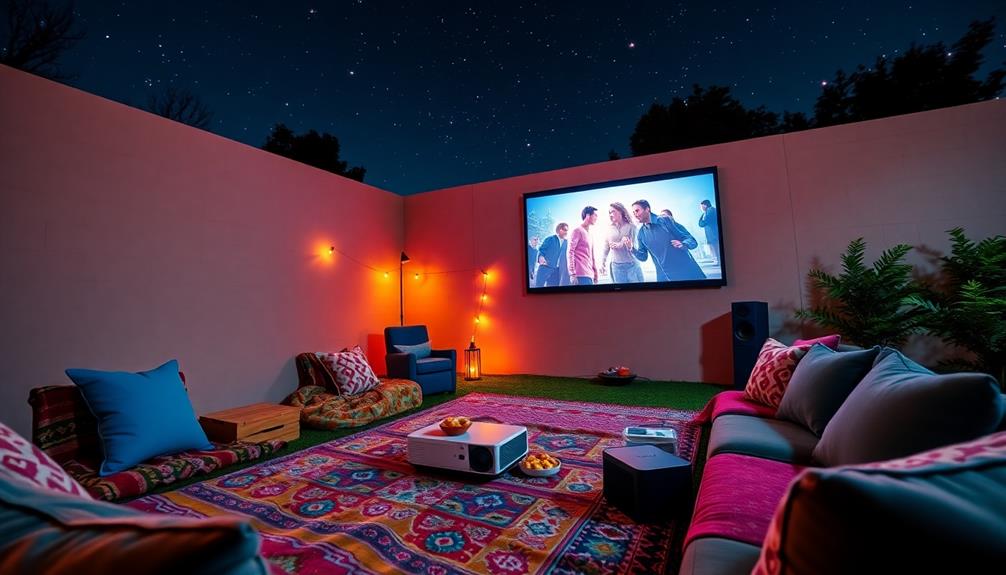
When connecting your portable projector, you'll want to contemplate both cable and wireless options for your audio and video sources.
Make sure you have the right cables ready and know how to troubleshoot any sync issues that might arise. This will help you enjoy a smooth viewing experience without the hassle of technical difficulties.
Cable Connection Basics
Connecting your portable projector to audio and video sources is vital for an enjoyable viewing experience. Start by using HDMI cables to connect your projector to modern devices like laptops, streaming sticks, or gaming consoles. This guarantees ideal video and audio quality.
Make sure both your projector and audio source, like external speakers, are powered on and properly connected to avoid any signal issues.
If you're using older devices without HDMI ports, you'll need a VGA connection, which requires a separate audio cable to transmit sound. Always test your connections before the movie starts. This way, you can confirm that both video and audio are functioning correctly, allowing for any troubleshooting if something goes wrong.
While cable connections are reliable, consider the options available on some projectors for Wi-Fi and Bluetooth connections. These can help eliminate cable clutter and streamline your projector setup, making it easier to enjoy your favorite films.
Whether you go wired or wireless, getting the cable connection right is a vital step in creating your portable movie theater experience.
Wireless Connection Options
Wireless connectivity options for portable projectors open up a world of convenience, letting you link your devices without the hassle of cables. Many projectors support Wi-Fi and Bluetooth, so you can easily connect smartphones, tablets, or streaming sticks. This way, you can enjoy your favorite content without being tied down by wires.
Additionally, using a portable projector in a clean environment can enhance your overall viewing experience, similar to how air purifiers improve indoor air quality. If you prefer a more traditional approach, most portable projectors also come with HDMI and USB ports. These ports allow for versatile connections to laptops, gaming consoles, and other video sources. Some projectors even have built-in smart capabilities, giving you direct access to streaming apps without needing extra devices.
To elevate your audio experience, consider pairing your projector with external speaker systems via Bluetooth. This setup can greatly boost sound quality, making your viewing experience even more enjoyable.
To guarantee everything runs smoothly, keep your devices within a reasonable range for a stable connection. This minimizes potential interruptions during playback and allows you to focus on enjoying your movie night or presentation.
With these wireless connection options, you can create an impressive home theater setup anywhere!
Troubleshooting Sync Issues
In the world of portable projectors, sync issues between audio and video can be frustrating, especially during an important presentation or movie night. To minimize these problems, start by ensuring all audio and video sources are securely connected using the right cables, like HDMI for video and auxiliary for audio.
If you're using external speakers, double-check that they're properly connected and powered, as poor connections may lead to audio lag or distortion.
Next, explore your projector's settings to investigate audio delay options. This feature can help adjust the timing of the sound to better match the video output.
Testing different audio sources is also essential; some devices have inherent latency, so a direct connection to the projector often yields better results.
Lastly, keep your projector and connected devices updated with the latest firmware. Regular updates can enhance performance and fix compatibility issues that might affect audio-visual sync.
Managing Ambient Light
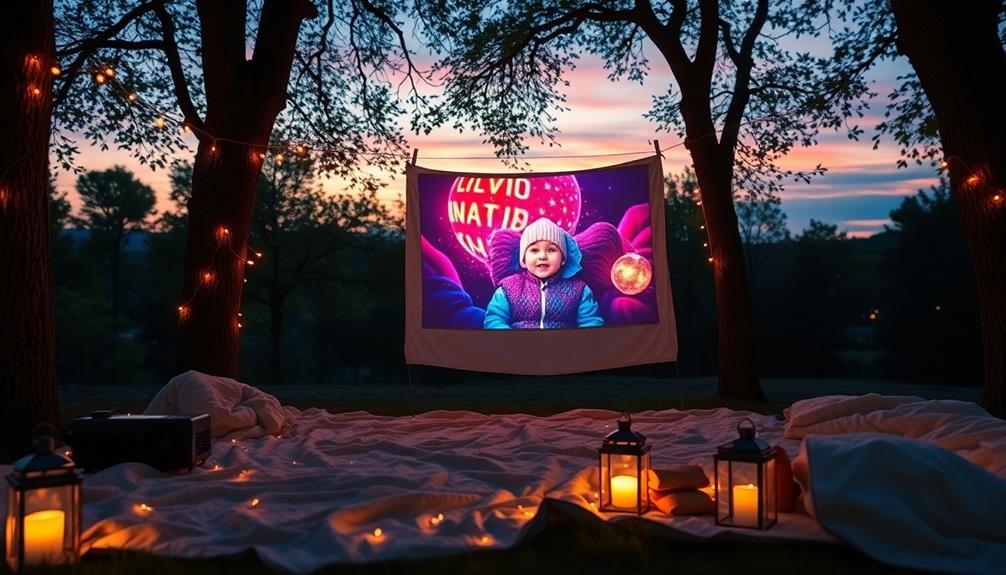
Managing ambient light is essential for achieving the best possible image quality during outdoor movie screenings. By carefully controlling the lighting conditions, you can enhance visibility and contrast, making your movie experience enjoyable.
Here are some tips to help you manage ambient light effectively:
- Schedule Screenings at Dusk: Aim to start your show when ambient light is minimal. This timing boosts image clarity.
- Use Dark-Colored Screens: Opt for dark-colored screens or sheets that absorb excess light. Lighter surfaces reflect ambient light, diminishing image quality.
- Position Away from Light Sources: Place your projector and screen away from direct light sources, such as street lamps, to minimize glare and improve viewing comfort.
- Create a Controlled Environment: If unavoidable light sources exist, consider using portable blackout curtains or screens to maintain a controlled viewing environment.
Lastly, remind your guests to limit phone screen usage. The light emitted can distract, detracting from the overall experience.
Optimizing Sound Quality
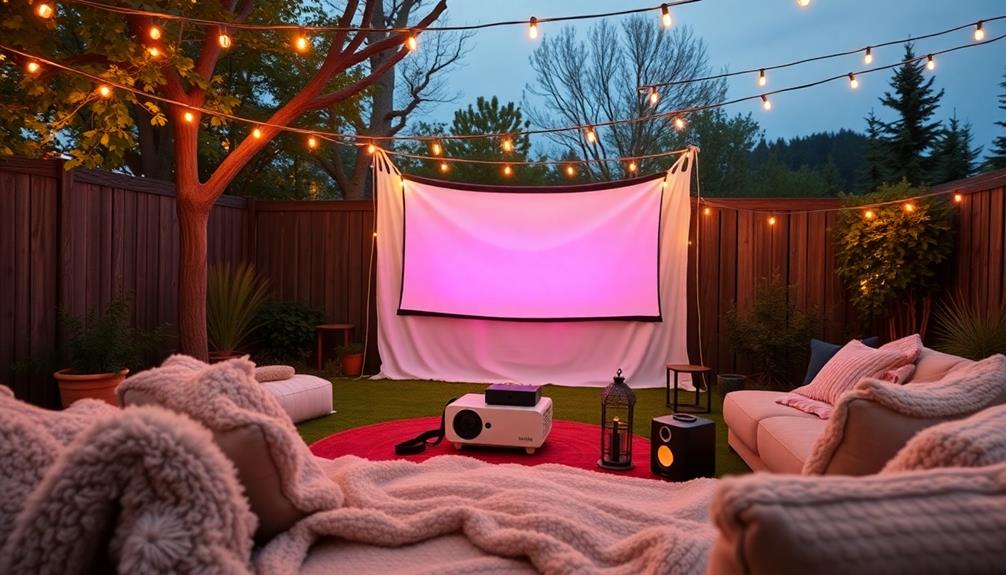
While controlling ambient light is vital for visual quality, sound plays an equally important role in creating an immersive outdoor movie experience. Investing in external speaker systems can greatly enhance sound quality, as built-in projector speakers often lack depth and clarity.
To optimize sound distribution, position your speakers at ear level and angle them toward the audience. This guarantees that everyone enjoys balanced audio throughout the viewing area.
Look for projectors with built-in support for surround sound formats like Dolby Digital Plus. This feature can elevate your audio experience by providing richer sound details, making those action scenes even more thrilling.
Additionally, check for audio sync features on your projector or external sound system. Synchronization is essential; delays between video and audio can disrupt immersion and detract from your enjoyment.
Preparing for Weather Conditions

When planning your outdoor movie night, always have a backup plan for unexpected rain.
Use weather-resistant projectors and speakers to keep your setup safe, and practice quick pack-up procedures to protect your gear from sudden storms.
Contingency Plans for Rain
Planning for a successful outdoor movie night means having solid contingency plans for rain. You don't want unexpected weather to ruin your fun, so consider these steps to guarantee your event goes smoothly:
- Backup Plan: Always have an indoor location ready in case rain interrupts your outdoor setup. A tent can also provide shelter if you prefer to stay outside.
- Weather Monitoring: Keep an eye on weather reports leading up to the event. This way, you can make timely adjustments, moving to your backup location if needed.
- Durable Equipment: Use outdoor-rated projectors and speakers that are weather-resistant (IPX3 rated or higher). This guarantees your equipment can withstand unexpected rain.
- Rapid Disassembly: Prepare for quick disassembly of your setup if weather conditions change suddenly. Secure your equipment to prevent movement in windy conditions, and keep tarps or waterproof covers handy to protect your projector and screen.
Weather-Resistant Equipment Use
Using weather-resistant equipment is essential for any outdoor movie night, especially if you're looking to avoid disruptions from unexpected rain or humidity.
Invest in weather-resistant projectors rated IPX3 or higher, as they're designed for outdoor use and can handle light rain and humidity. Regular checks for weatherproofing guarantee that your equipment durability remains intact, so always inspect your projector and speakers for any signs of wear before your event.
When setting up, utilize outdoor-rated power stations or extension cords to connect your equipment safely. This minimizes the risk of electrical hazards, especially in wet conditions.
It's also a smart move to secure your equipment by anchoring screens and projectors. This helps prevent movement and damage during windy weather, guaranteeing a stable viewing experience.
Lastly, don't forget to have a backup plan. Consider having a tent ready or an alternative indoor option if the weather turns foul. Being prepared will help you maintain a smooth and enjoyable movie night, regardless of what nature throws your way.
Quick Pack-Up Procedures
As the weather can be unpredictable, it's important to have quick pack-up procedures in place for your outdoor movie night. To make certain you're ready for sudden changes, follow these steps:
- Monitor weather reports leading up to your event to anticipate any inclement weather.
- Securely anchor your projector stand and screen setup to prevent movement in windy conditions, making sure everything stays stable during use.
- Check your equipment's weatherproofing regularly, particularly for outdoor-rated projectors and speakers. Look for gear rated IPX3 or higher for peak durability.
- Have a contingency plan ready, like a tent or a nearby indoor space, to quickly adapt if the weather turns unfavorable.
Preparing for rapid disassembly is vital. Organize your equipment and keep a checklist handy to streamline your quick pack-up procedures.
This way, you can efficiently dismantle your setup without stress, making sure your movie night concludes smoothly, regardless of the weather.
Recommended Portable Projectors

When you're in the market for a portable projector, several standout options can elevate your viewing experience. Whether you're setting up an outdoor movie theater or just want a cozy movie night indoors, here are some recommended portable projectors that balance picture quality, battery life, and easy setup.
| Projector | Key Features |
|---|---|
| XGIMI Halo+ | 1080p, 700 ISO lumens, 2-hour battery, Harman Kardon speakers |
| MoGo Pro+ | 1080p, 300 ANSI lumens, 2-hour battery, auto keystone correction |
| XGIMI Halo | 1080p, 600 ISO lumens, 2-4 hour battery, auto-focus feature |
| Capsule Air | 1080p, compact, Google TV built-in, $399.99 price point |
If you're after the best portable projector, the Cosmos 4K SE is hard to beat, boasting 4K resolution and Dolby Vision support for just $1,299.99. Each of these projectors delivers excellent performance, ensuring that your movie nights will be memorable, whether under the stars or in your living room. Choose the one that fits your needs, and get ready to enjoy your films in style!
Tips for Memorable Movie Nights

Now that you've picked out a portable projector, it's time to set the stage for a memorable movie night. Follow these tips to create an enjoyable experience for you and your guests:
1. Schedule Wisely: Plan your movie night at dusk to minimize ambient light.
Projectors perform best with a brightness of at least 3,000 lumens, so timing is key.
2. Comfortable Seating: Provide a variety of seating options like chairs, blankets, and bean bags.
Comfortable seating makes all the difference in guaranteeing everyone can relax and fully enjoy the film.
3. Enhance the Sound: Invest in a quality external sound system.
Built-in projector speakers often lack the power for an immersive experience, so good audio is essential.
4. Perfect the Picture: Level and center your projector with the screen, adjusting for any distortion using the keystone correction feature.
This guarantees a crystal-clear image that enhances the viewing experience.
Frequently Asked Questions
How to Watch Movies on Projector Without Wifi?
To watch movies on your projector without Wi-Fi, connect your device via HDMI, use a USB drive with stored movies, or employ a DVD player. You can also try screen mirroring directly from your device.
How Do I Watch Netflix on My Portable Projector?
To watch Netflix on your portable projector, connect a streaming device via HDMI or use screen mirroring from your smartphone. Make sure your internet's stable and your Netflix app's updated for the best experience.
How to Watch a Movie Outside With a Projector?
To watch a movie outside with a projector, set it up at dusk for ideal visibility, use a reflective screen, guarantee proper connections, and consider adding external speakers for an enhanced audio experience.
How Far Away Does a Home Theater Projector Need to Be?
To get the best image quality, position your home theater projector 8 to 12 feet away for a standard 100-inch screen. Always check your projector's manual for specific distance recommendations based on its design.
Conclusion
With the right setup, you can transform any space into a cozy movie theater, making memories that last a lifetime. So, why settle for the ordinary when you can create an extraordinary experience under the stars? Gather your friends, pick a flick, and let the magic of portable projectors whisk you away to cinematic bliss. After all, every movie night is an opportunity to escape reality, if only for a couple of hours. Enjoy the show!
Hi, I’m Dominique. I love movies and want everyone to have the best home cinema experience possible. That’s why I started 1home Theatre Projector. We help people build their home cinema system using the latest technology and news on laser tv and all-around home entertainment.
We’re a small team of movie buffs (and experts) who are passionate about giving our readers the best advice and information possible. So whether you’re just starting out or you’re looking to upgrade your home cinema system, we’ve got you covered!

